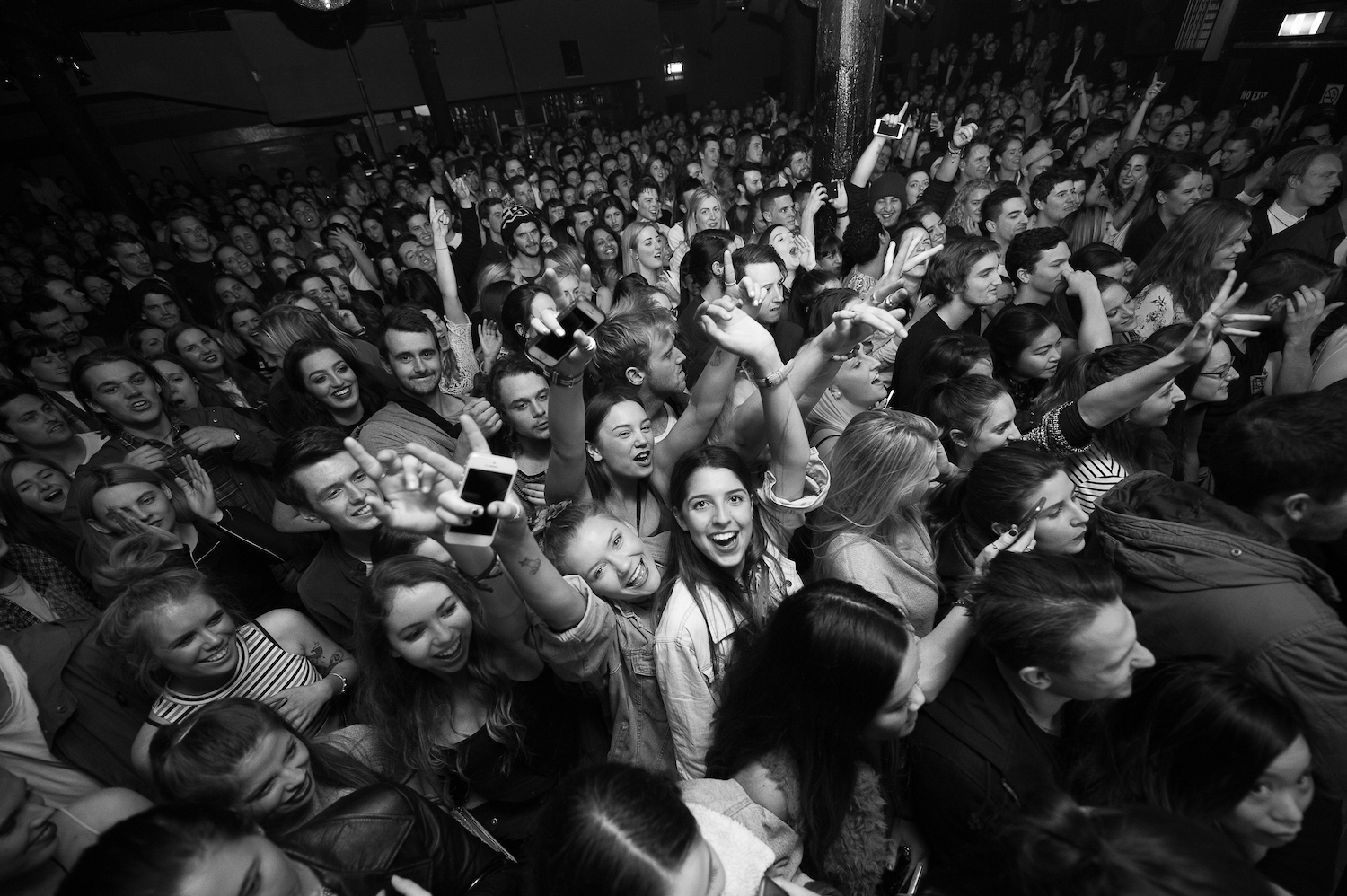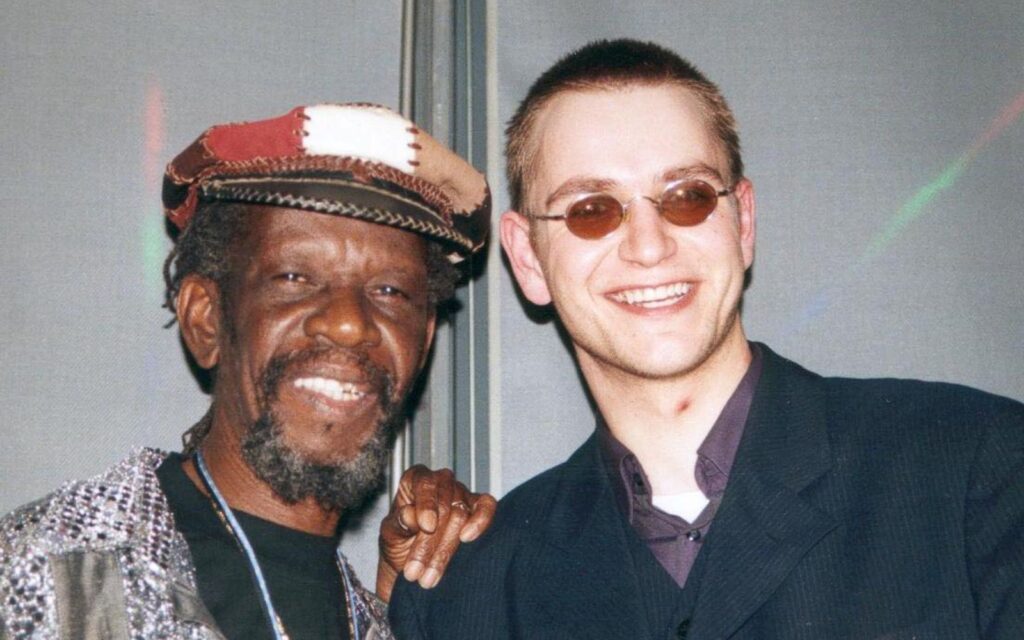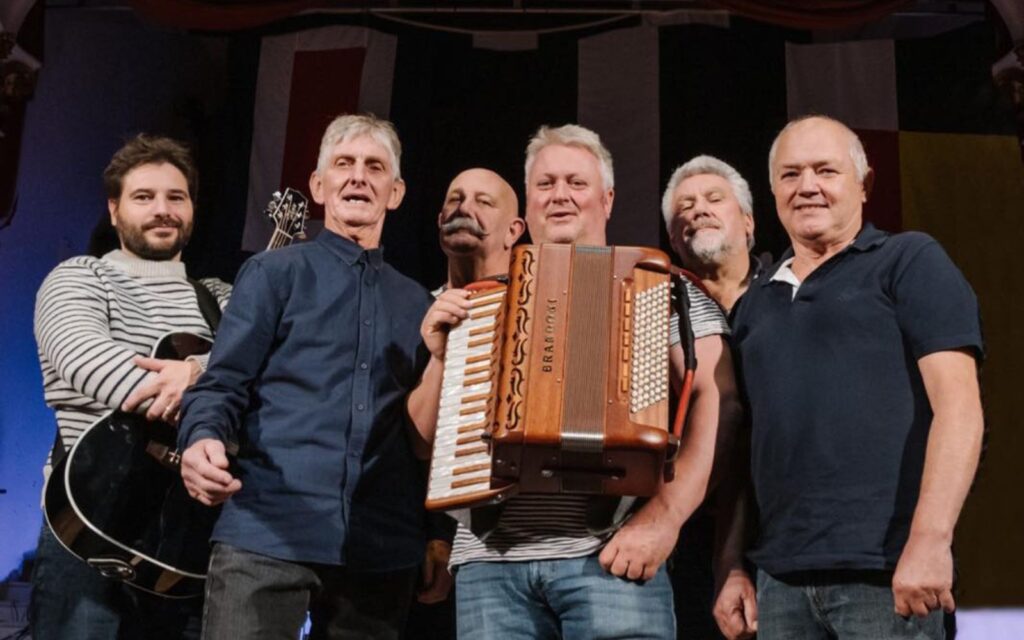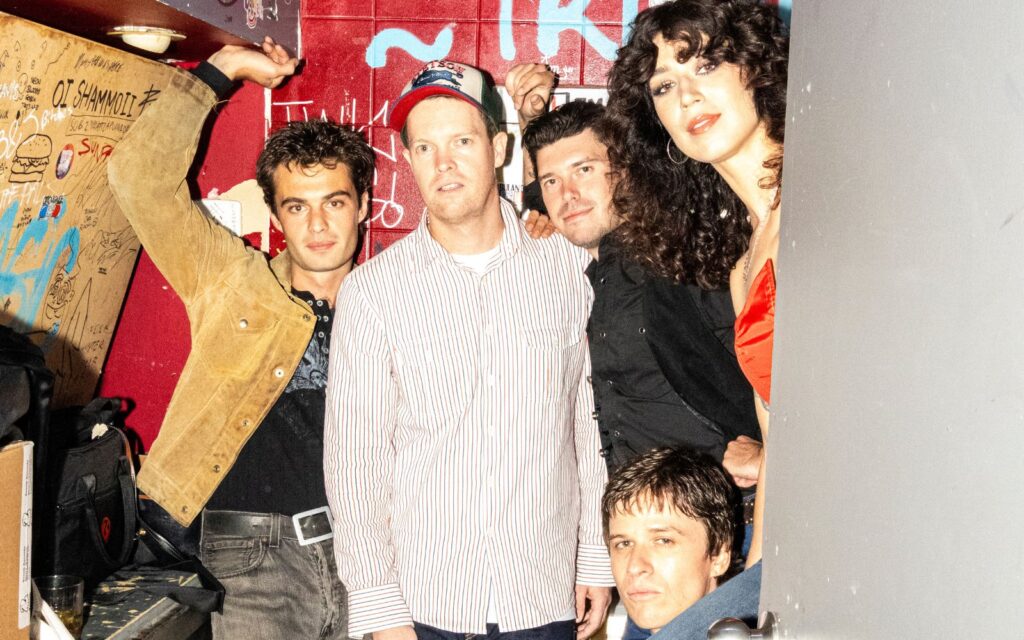In an age where a high cost of living is driving up the cost of gigs, the last thing that Melbourne’s beloved venues need is another expense that hampers their chances of success. But as the financial issues of COVID begin to shrink in the rearview, it’s rising insurance costs that are becoming the biggest threat.
In 2022, as venues navigated their respective ways out of the COVID morass, reports began appearing about venues being slugged with massive increases in the cost of their public liability insurance.
For the uninitiated, public liability insurance exists to protect businesses against claims resulting from incidents occurring as a result of business activities. If you run a café and a customer slips and falls on the floor, that’s where PL insurance comes into play.
Keep up with the latest music news, features, festivals, interviews and reviews here.
However, the insurance market has found itself impacted by a myriad of global events in recent years, leading to an increase in premiums, which flows into a lack of customers purchasing insurance and fewer providers in the market.
As a result, fewer insurers are offering PL insurance to businesses such as live music venues, or offering heavily increased premiums that are leaving venue owners to rethink their position in the music scene. Notably – as venues such as The Old Bar have noted – new insurance policies have seen them forced to ban drinking while dancing in the bandroom, lest a punter injures themselves by slipping on the carpeted floor.
Despite the time between reports, no respite has arrived and premiums continue to increase at dizzying rates.
One venue that has seen an increase in PL costs is Belgrave’s Sooki Lounge, with co-owner Stephen Crombie noting that costs of premiums have risen from $7,000 to $60,000 in the last two-and-a-half years.
For Sooki Lounge, premiums rose from $12,500 to $50,000 in one year alone, despite the venue not making a single claim in the last ten years. That happened while the number of insurers willing to insure the venue has dwindled from eight to one in the last decade. Bluntly, “it is killing us all,” Crombie said.
“Put simply, the rising costs mean an inability to be able to financially operate,” he explains, looking at the measures the venue is forced to take to minimise risk. “We already have a risk management policy, use plastics, employ extra guards, and have a security scanner in place.”
With venues forced to take drastic measures – that can affect their very ways of operating – just to appease insurance providers, what does this mean for the future of the industry? According to Crombie, it could spell the death of the music scene if drastic action isn’t taken.
“Electronic events will go underground with no supervision, more bands will play house parties, and most bands will find themselves with nowhere to play,” he predicts for the short term. The long term, however, could result in live venues under a capacity of 500 ceasing to operate within the next two to three years.
David “Frankie” Cudmore, co-owner of Brunswick’s Bergy Seltzer, says the rising costs will hurt the smallest venues the most.
“I know some venues where it is 50 people that will fit in there and for them, it’s like, what’s the point? You can’t make enough money off 50 people to cover the insurance costs, so that’s where it’s going to hurt. And that’s probably the dangerous thing because that’s where people learn how to play, they practise, that’s where they cut their teeth.”
He says he’s baffled that music venues have suddenly been determined to be high risk by insurance companies because during his 15 years of booking bands, he’s never once had an insurance claim for live music. The rising insurance costs have forced him to rethink alcohol prices and stage fees, among others.
“It’s really squeezing the pennies. You’ve got to really find your profit margin somewhere else,” says Cudmore.
“We know that live music venues aren’t the most profitable thing, but it’s something we love to do. We’ve always been able to do that in some kind of way where we are making a living, but now it’s become really hard to make ends meet.”
Similar to his peers, he thinks government intervention and a more “common sense approach” is necessary to save local venues.
“Come and look at the space, and realise that there might be some people wiggling their butt, but they’re not going nuts – it’s not like that at all. Even the heavier shows that we do have, the metal and hardcore shows, you just sit there and watch them. And sure, they do get a bit physical, but they’re all laughing and hugging and having a good time afterwards.”
Brunswick Ballroom venue director Will Ewing says the inflated insurance costs are coming at a particularly bad time for music venues.
“I think every venue that I know of was paying insurance throughout COVID, so it was pretty heartbreaking that when we opened back up again insurance skyrocketed for so many venues,” he says.
With a post-pandemic glut in the market, a flood of international acts back into Melbourne and cost of living pressures squeezing punters, the added insurance fees are making the situation untenable for many venue owners. Ewings says his own insurance broker told him the live music industry needs government intervention – “If an insurance broker is telling you that, that’s saying something, don’t you think?”
In late 2022, a new app was touted as being the solution to these problems. Announced by the Australian Live Music Business Council, the app was designed to collect all the information that insurers would need to assess applications. Brokers would then use the data to match these businesses with underwriters who would be willing to insure them.
However, it seems as though the largest aspect of the crisis is still a need for change from the state and federal governments, to actively take an interest in the music scene and step in, recognise the industry’s value, and aid in its financial recovery.
As Crombie notes, the music industry needs the federal government to come in and underwrite the industry at a profit, and amend laws regarding liability within Australia. Whatever the case, it seems as though the only solution may be government intervention, or else we might begin to see the country’s most vibrant music scene faced with an unthinkable decline.
For more information on the app, visit the ALMBC website here. To contact your local member of parliament, head here.







